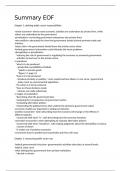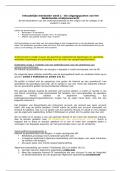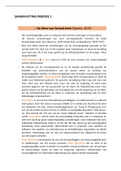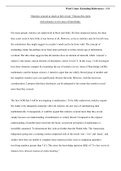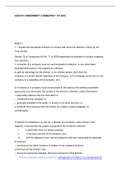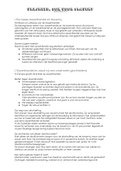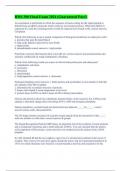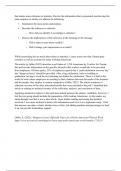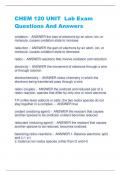Samenvatting
Samenvatting EOF- bachelor jaar 1
- Instelling
- Universiteit Utrecht (UU)
Samenvatting van het boek 'Stiglitz, J. E., & Rosengard, J. K. (2015). Economics of the public sector: Fourth international student edition. WW Norton & Company'. H1-6, 8-9 & 17. Voor het vak economie en openbare financiën voor B&O Utrecht.
[Meer zien]
